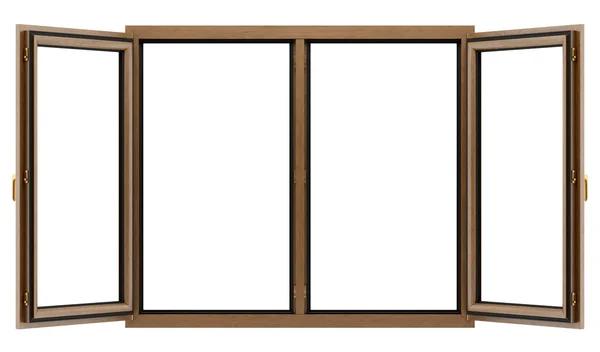The global market for secondary glazing products is experiencing notable growth, driven by increasing demand for energy efficiency, noise reduction, and enhanced thermal insulation in both residential and commercial buildings. Secondary glazing involves the installation of an additional window pane inside the existing window frame, offering a cost-effective solution to improve building performance without the need for complete window replacement. This approach appeals particularly to heritage properties where preserving original windows is essential while meeting modern standards. As environmental concerns rise worldwide and governments implement stricter regulations on energy consumption in buildings, the appeal of secondary glazing as a retrofit option has expanded significantly.
Emerging markets present substantial opportunities for producers in this sector due to rapid urbanization and growing awareness about sustainable construction practices. Countries in Asia-Pacific and Latin America are witnessing increased investments in infrastructure development and housing projects that incorporate energy-saving technologies. In these regions, consumers are becoming more conscious of utility costs and environmental impact, which encourages adoption of secondary glazing solutions. Additionally, colder climates such as those found across Europe and North America maintain steady demand because homeowners seek ways to reduce heating expenses during winter months while improving comfort levels indoors.
Technological advancements have also contributed to broadening market potential by enabling manufacturers to offer customizable designs that cater to diverse architectural styles and customer preferences. Innovations include slimline profiles that maximize daylight penetration without compromising insulation performance alongside soundproofing options suitable for urban environments affected by traffic or industrial noise pollution. Producers who invest in research and development can differentiate themselves through improved product durability, ease of installation, and aesthetic versatility.
Collaborations with construction companies, architects, and government bodies create further avenues for growth by integrating secondary glazing into new builds or renovation projects at early stages. Incentive programs promoting green building certifications encourage builders to specify efficient window treatments such as secondary glazing systems that help achieve sustainability goals. Moreover, expanding digital marketing efforts allow manufacturers to reach wider audiences directly through online platforms showcasing product benefits clearly tailored toward end users’ needs.
Challenges remain related primarily to consumer education since some potential buyers may confuse City Sound Secondary Glazing or undervalue its advantages relative to upfront costs involved; therefore clear communication emphasizing long-term savings is crucial. Supply chain optimization also plays a role as raw material prices fluctuate globally affecting production expenses.
Overall, the global outlook remains positive with rising environmental consciousness fueling consistent interest across multiple regions from developed economies seeking upgrades on older structures alongside developing nations embracing modern energy codes. Secondary glazing producers positioned strategically can capitalize on these trends through innovation-driven offerings aligned with evolving regulatory frameworks while addressing specific local demands effectively within an increasingly competitive marketplace worldwide.
City Sound Secondary Glazing
367 Chingford Rd, London E17 5AE UK
44 20 8523 3210

